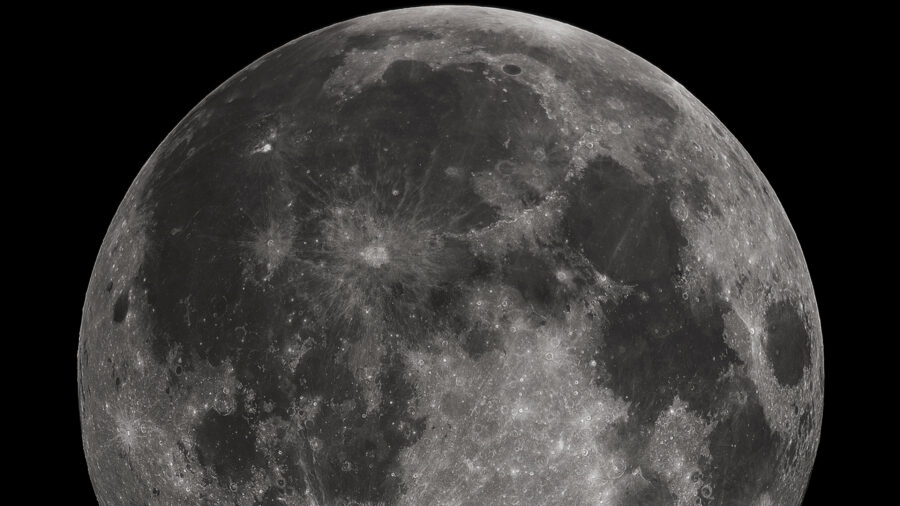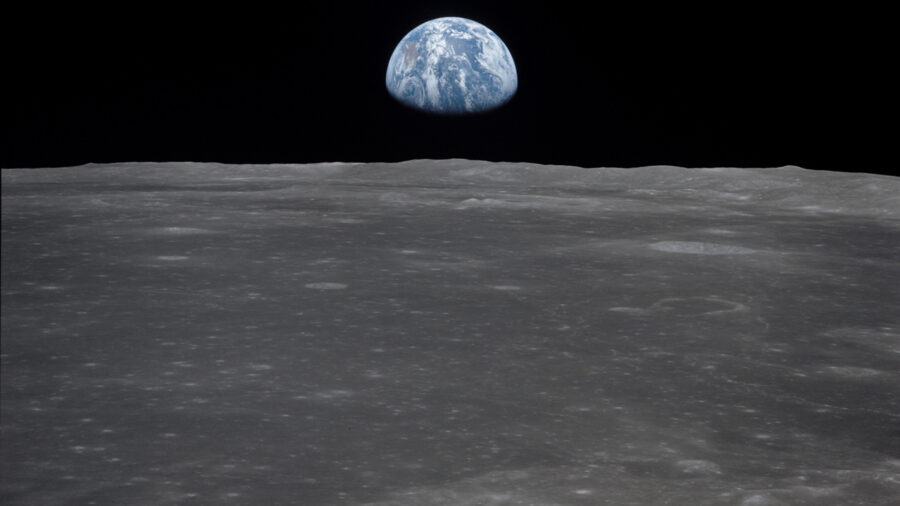Scientists Think Mini-Black Holes Smashed Into The Moon
Did the Earth's Moon collide with miniature black holes?
This article is more than 2 years old

A new theory may revolutionize the way human beings see the moon as well as prove it holds the key to understanding one of the theoretical building blocks of the universe. According to a new scientific research paper published in the Monthly Notices of the Royal Astronomical Society, it is believed that Earth’s moon may have previously been bombarded by swarms of tiny, atomic-sized black holes that were formed and subsequently sent whizzing about the universe at the onset of the Big Bang. On a long enough timeline such as that of all existence, these swarms of black holes would have spread out and reached every corner of the cosmos, including ours.
That would explain why we see their impact, but not them specifically. Some may have deduced that this theory doesn’t necessarily make the moon so special because these atomic-sized black holes would likely have peppered every planet and moon in our solar system. However, the moon of Earth marks a significant scientific opportunity for two reasons. First, unlike Earth and other planets, the moon has fewer atmospheric and general life factors that would have impeded or even changed the makeup of any remaining evidence of these black holes. It is just a big floating space rock after all (or is it?).
Second, unlike the moons of Jupiter and Mars, Earth’s moon is right there next to us. Indeed evidence of these black holes could theoretically be found anywhere. One of the authors of the paper theorizing this phenomenon notes that Earth’s moon is humanity’s best chance to find something both untouched and attainable. Specifically, he hopes that NASA’s upcoming mission to the moon, titled the Artemis Program, will be able to have researchers specifically search for evidence to prove their theory.

In addition to sending the first woman and person of color to the surface of Earth’s moon, the Artemis program could help discover these black holes and, subsequently, one of the most enigmatic things in our universe — Dark matter. Although it’s one of the most difficult things to understand in existence, the broad strokes of dark matter are this. CNET, citing another co-author of the paper, notes that dark energy is theoretically responsible for speeding up the universe’s expansion and accounts for 68 percent of the cosmos. Dark Matter, meanwhile, slows this expansion down and holds 27 percent of the cosmos, leaving five percent unexplained. Its effects can be observed, but dark matter itself cannot. So, finding a sample of a substance believed to emanate from black holes would be crucial, but impossible. Unless, of course, a small, manageable pocket were to exist someplace like the moon after a specifically small black hole pummeled it at the onset of the universe.
So, one can see where the deep scientific implications of this theory proving true would have. Now, it’s up to the bold astronauts of the Artemis Program to venture out sometime in the 2020s and see if they might discover the delicate building blocks of existence. Unfortunately, that’s a daring and incredibly expensive mission that essentially amounts to finding a needle in a haystack.












